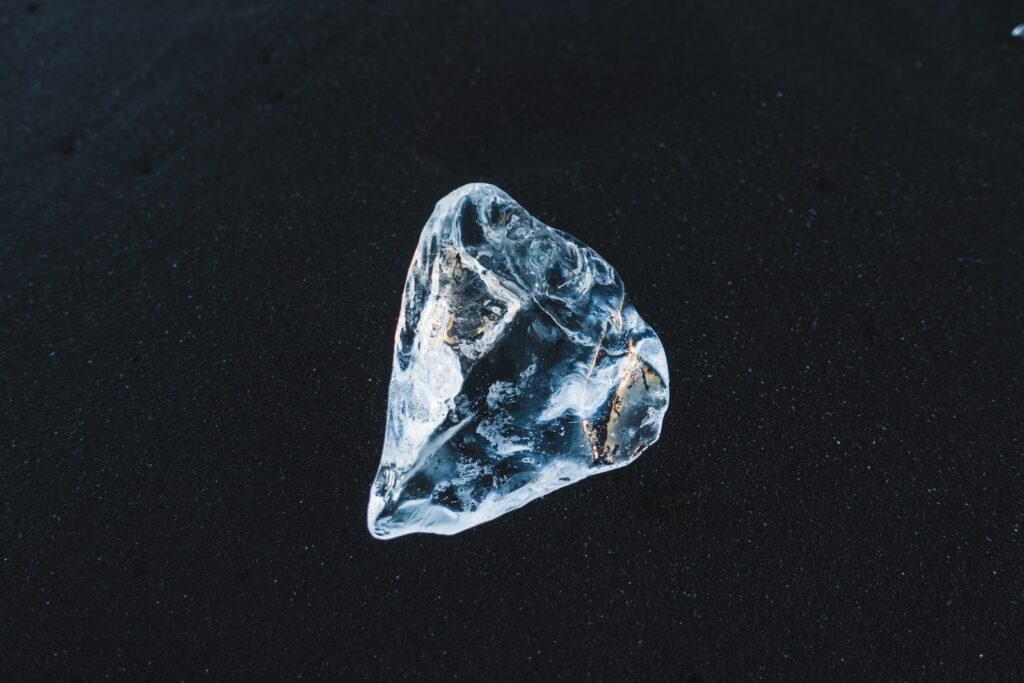The Importance of Diamond Detection
Diamonds are among the most precious gemstones in the world, renowned for their beauty, rarity, and value. However, the allure of this coveted gemstone has led to an influx of synthetic and counterfeit diamonds in the market. Consequently, the need for accurate diamond detection has become paramount to ensure the authenticity and value of these precious stones. Advanced equipment and techniques have revolutionized the field of diamond detection, providing gemologists and jewelers with the means to precisely identify genuine diamonds from their imitations. This article explores the evolution of diamond detection equipment, advanced techniques for diamond identification, and the future prospects of diamond identification technology.

The Evolution of Diamond Detection Equipment
Over the years, diamond detection equipment has undergone significant advancements to keep up with the increasing complexity of synthetic diamonds. Traditional methods, such as visual inspection and magnification, have been augmented by advanced technologies to provide more accurate results. The initial use of ultraviolet (UV) lamps and microscope-based diamond illumination has paved the way for advanced instruments capable of analyzing intricate diamond characteristics.
Advanced Techniques for Diamond Identification
As the demand for more accurate diamond identification has grown, advanced techniques have been developed to meet these requirements. One such technique is the use of photoluminescence spectroscopy, which analyzes the unique light emissions of diamonds to distinguish natural from synthetic stones. Another technique, known as Raman spectroscopy, utilizes laser beams to analyze the molecular structure of diamonds and identify any inconsistencies.
Understanding the 4Cs: A Key Aspect of Detection
In diamond detection, understanding the 4Cs (carat, cut, color, and clarity) plays a crucial role. Carat refers to the weight of the diamond, while cut determines its shape and proportions. Color grading assesses the presence of any yellow or brown tints in the diamond, with colorless stones being highly valued. Clarity refers to the presence of internal or external flaws, known as inclusions and blemishes, respectively. Advanced diamond detection equipment takes these factors into account to provide a comprehensive analysis of a diamond’s quality.
Advanced Spectroscopy: Analyzing Diamond Properties
Spectroscopy techniques have become invaluable in diamond detection, enabling gemologists to gather information about a diamond’s properties. A technique called Fourier-transform infrared (FTIR) spectroscopy is used to determine the type and concentration of impurities in a diamond. This helps differentiate natural diamonds from synthetic ones, as the latter typically contain trace elements that can be identified through spectroscopic analysis.
X-ray Technology: Unveiling Diamond Characteristics
X-ray technology has become an indispensable tool in diamond detection. By subjecting diamonds to X-ray radiation, gemologists can obtain valuable insights into their internal structure. X-ray diffraction is commonly used to analyze diamond patterns and crystal orientations, aiding in the identification of natural and synthetic diamonds.
Laser Technology: Enhancing Diamond Detection
Laser technology has revolutionized the accuracy and efficiency of diamond detection. Laser systems can precisely measure a diamond’s dimensions, symmetry, and proportions, providing valuable data for the evaluation of cut quality. Additionally, lasers can be used to create microscopic markings on diamonds, ensuring their traceability and authenticity.
Advanced Microscopy: Revealing Diamond Clarity
Microscopy plays a crucial role in diamond detection, particularly in assessing clarity. Advanced microscopy techniques, such as scanning electron microscopy (SEM), allow for a detailed analysis of a diamond’s internal and external features. SEM imaging provides high-resolution images that aid in the identification of inclusions, blemishes, and other clarity characteristics.
Artificial Intelligence in Diamond Detection
With the advent of artificial intelligence (AI), diamond detection has witnessed significant advancements. AI algorithms can analyze vast amounts of data, training on known diamond characteristics to identify patterns and detect inconsistencies. This technology has greatly enhanced the accuracy and speed of diamond identification, supporting gemologists in their quest to distinguish natural diamonds from their synthetic counterparts.
Future Prospects: Innovations in Diamond Identification
The future of diamond identification holds promising innovations. Researchers are exploring the use of machine learning algorithms to further improve diamond detection accuracy and efficiency. Additionally, advancements in nanotechnology may enable the development of advanced sensors capable of detecting even the tiniest discrepancies in diamond properties. As technology continues to evolve, diamond detection equipment is expected to become more accessible and affordable, ensuring the trust and confidence of consumers in the authenticity of their diamond purchases.
The field of diamond detection has come a long way, thanks to advancements in equipment and techniques. From spectroscopy to X-ray technology, lasers to artificial intelligence, the tools used by gemologists and jewelers have evolved to meet the challenges posed by synthetic and counterfeit diamonds. As the demand for genuine diamonds grows, the future prospects of diamond identification look promising, with innovation and technology poised to provide even more accurate and efficient means of detecting these precious gemstones. With these advancements, consumers can be assured of the authenticity and value of their diamond investments.
